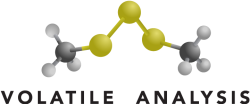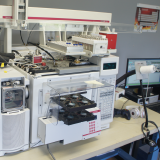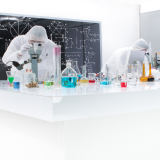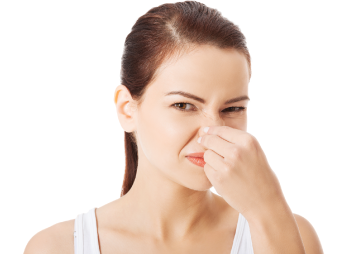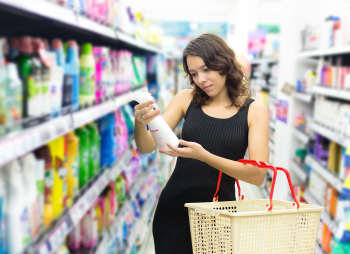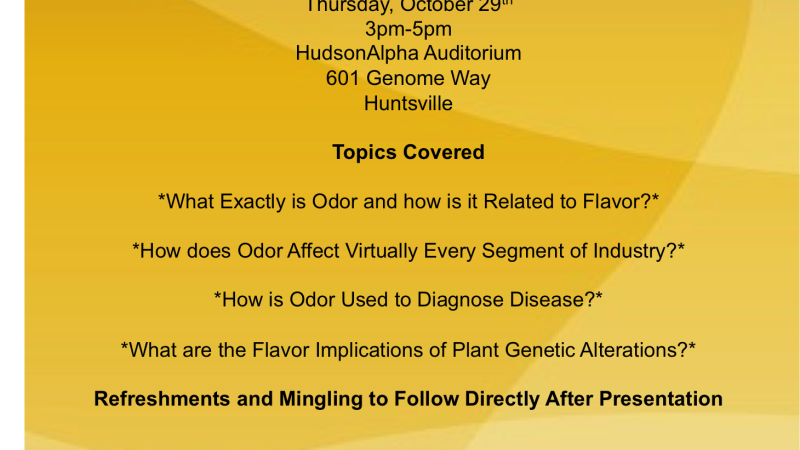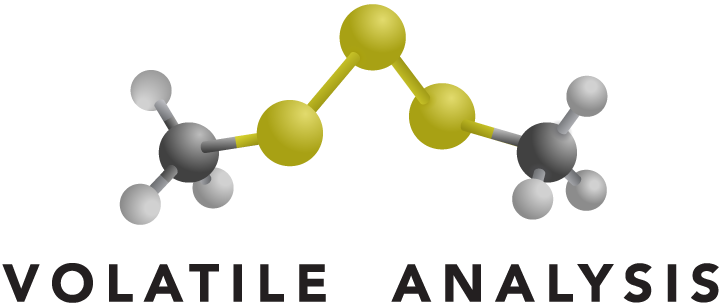
Cleaning Products
Description of Industry
Cleaning products are a necessity in the lives of most consumers given the numerous items that require them: Dish, oven, toilette, sink, hands, hair, body, bath, car, windows, floor, tile…the list goes on and on. Global cleaning product sales may reach 147 billion by 2017. The chemistry of cleaning products is very complex. Ingredients involved in cleaning differ markedly from those involved in the product’s fragrance. Other chemicals may be inadvertently added from packaging materials, production facilities, and the shipping and storage environment. Volatile Analysis can help your company seize new opportunities by providing expertise in odor prevention and fragrance selection and enhancement.
Companies who strive to develop products with low levels of volatile organic compound (VOCs) need to back up their claims with real data. Volatile Analysis Corp. provides this capability with our expert staff and cutting edge technology. We can recommend products, processes, and potential substitutions to make the low VOC product a reality.
One very important area many companies overlook is front end odor mitigation. Odor complaints can be devastating to a quality reputation. Quick mitigation is essential. VAC can assist by developing odor baselines for your products for reference. By knowing what odors should be there, odors that don’t fit can rapidly be identified and traced to production or other point of entry. Volatile Analysis can assist members of the cleaning industry meet the demands for a regulated product chemical content by supplying the technical resources and know how to detect and measure the influence of aroma and the impact of odor.
Applicable Services
What we do
The team at Volatile Analysis solves odor and aroma problems, and measures VOC components. It is ironic cleaning products themselves may introduce unwanted odor. For example common bleach and other halogenated cleaners may not work in certain environments, and may introduce secondary metabolites that are problematic in other environments. Sensory work related to how your products are perceived is of extreme importance depending on your target consumer market. We offer a service to address how different global cultures perceive aromas and odors differently, and how this difference may acceptance. This has proved to be of considerable value to clients. Our team can help your organization account for odor from product concept to on-going aroma profile management. Most services we offer are suited for this industry. A few key ones are described below.
New Product Development Aroma Support
To ensure new products exhibit desired aroma character and intensity, we employ spot-on sensory assessment, extraction methods and analytical analysis. Sensory includes quantitative descriptive analysis to ensure the attributes measured match those desired. Extraction methods depend on the nature of the material. Dynamic headspace extraction works for many products however specialized techniques such as sir bar sorptive extraction and solid phase micro-extraction also have a place. Analytical may employ GC-MS, GC-MS-MS, GC-MS/O, or other method appropriate to answer a specific question. If you need more information about how we can provide aroma support for new product development click HERE.
Odor Baseline Establishment
Baseline GC-MS/O measurements have proved extremely helpful to our clients because they establish the aroma and chemical profile of a product considered good. When odor problems arise new GC-MS/O analyses can rapidly determine what chemical changes occurred compared with a product considered good to allow for production process examination and off odor mitigation. For more on this service click HERE.
Sensory Panel Creation
VAC offers unique capabilities in sensory and analytical. In support of our off-odor work we routinely convene sensory panels. The most frequently used include quantitative descriptive analysis (QDA) where a descriptive panel is trained for measuring product attributes. We also conduct threshold testing in various media. This is particularly useful when assessing how problematic specific odorants are in a given product formulation. If you need assistance creating a sensory panel and for more information click HERE.
Competitor Product Comparison Testing
Whether the goal is to understand how well your product masks an odor compared to a competitor’s, or how well it releases various aroma chemicals compared to a competitor’s, VAC understands how to design and execute this type of project. If consumer validation is needed we can manage consumer sensory panels integrated with chemical quantification to get the best supporting data of your claims. For more information about this service click HERE.
Related News, Case Studies, and Blog Posts
What is Off-Odor?
Five Big Trends in Cleaning Products
Cleaning products have become essential in the everyday life of the modern consumer. Identify niches in this industry with this definitive guide to current trends and drivers in the sector, brought to you by the leading experts at Smithers Apex. We hope you enjoy this information. Check out what Volatile can do to help your team solve odor issues with cleaning products or help in the development of new products.
http://www.smithersapex.com/news/2013/November/5-important-trends-in-the-cleaning-products-market
